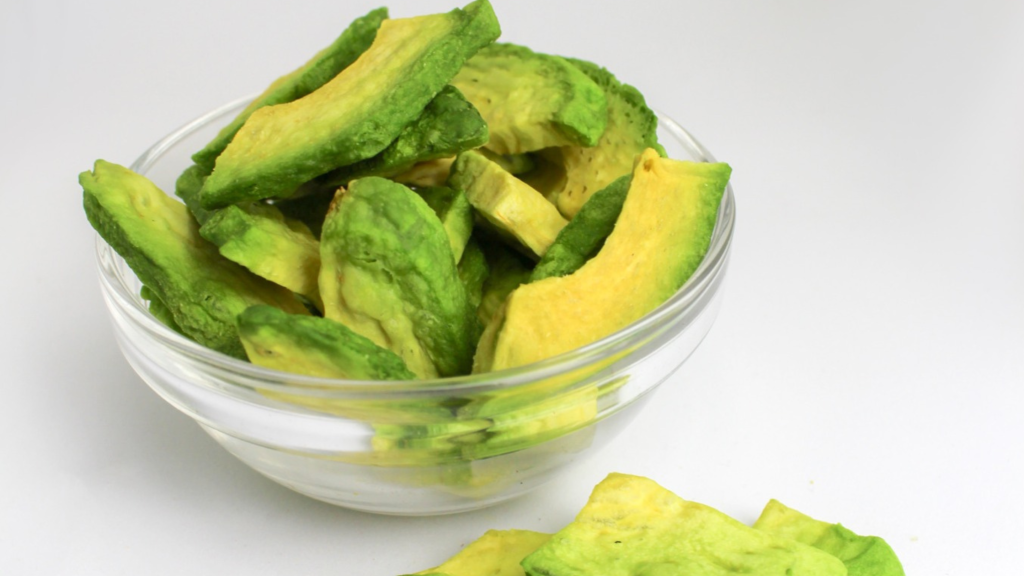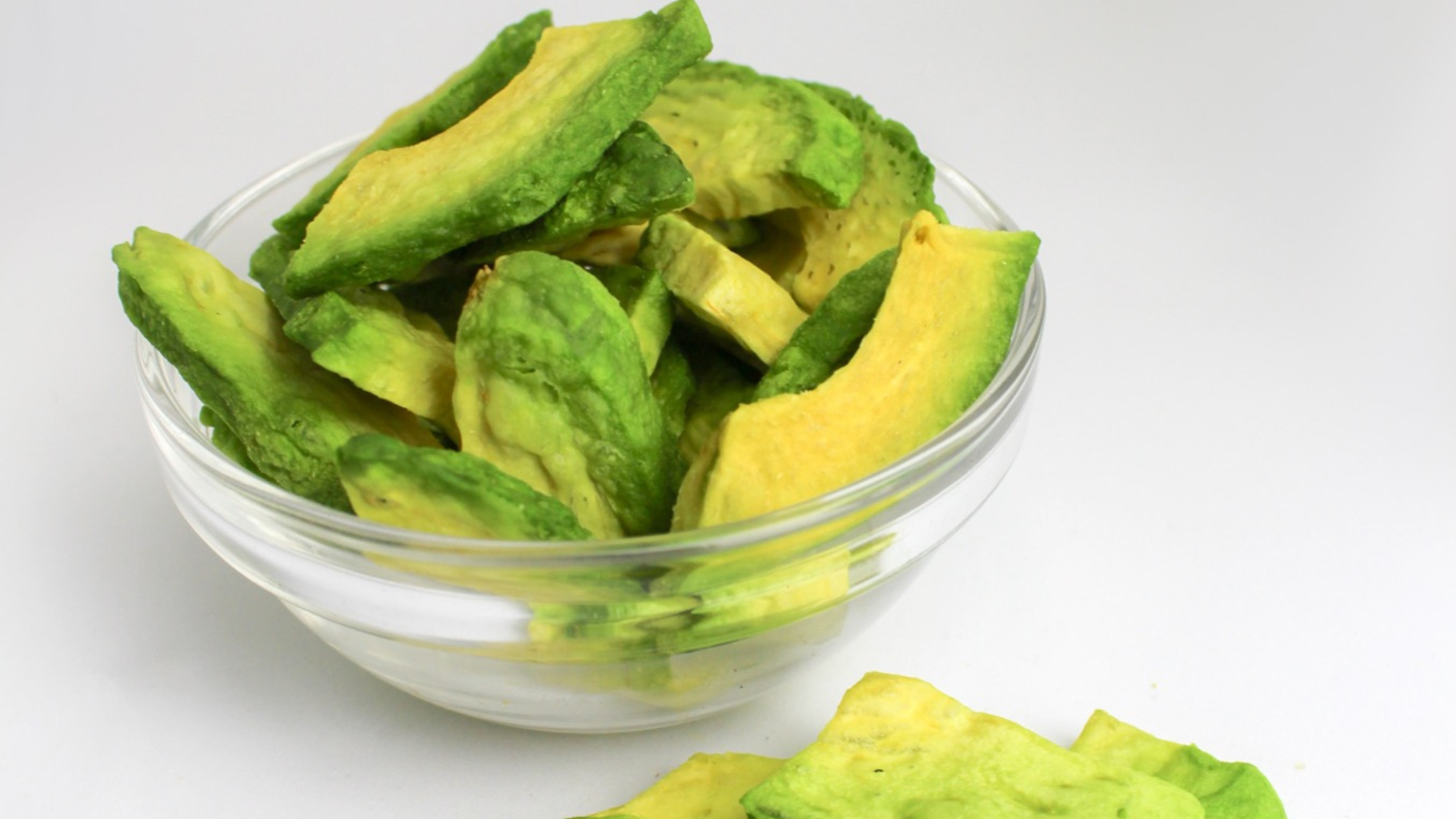What foods can you freeze-dry?
Freeze-drying has become one of the most versatile and effective methods for preserving food, both at home and on a commercial scale. Whether you’re preparing snacks for your family, developing new products for the market, or looking for innovative ways to reduce food waste, freeze-drying opens up a world of possibilities. But what foods actually freeze-dry well, and why do some work better than others? And how does microwave dehydration compare for certain items? Let’s explore the full landscape of freeze-dryable foods and the future of food dehydration.

The basics of Freeze-Drying
Freeze-drying, also known as lyophilization, removes moisture from food by freezing it and then reducing the pressure so the ice sublimates directly into vapor. This process preserves the food’s structure, color, flavor, and most nutrients, making it a favorite for both home preservation and commercial food processing. Freeze-dried foods are lightweight, have a long shelf life, and are easy to rehydrate.
Fruits
Fruits are among the most popular foods to freeze-dry. Their natural sugars and acids help preserve color and flavor, and the end product makes for a delicious, shelf-stable snack.
- Strawberries, blueberries, raspberries, and blackberries
- Apples, pears, peaches, and plums
- Bananas, mangoes, pineapples, and kiwi
- Grapes (which become crunchy, sweet snacks)
- Cherries and cranberries
Freeze-dried fruits retain their vibrant color and flavor, making them ideal for cereals, baking, trail mixes, and healthy snacks. They’re also a favorite for dried fruit snacks in both home kitchens and commercial food drying operations.
Vegetables
Vegetables freeze-dry beautifully, especially those with a lower water content or those that can be blanched before drying.
- Peas, corn, carrots, and green beans
- Bell peppers, broccoli, and cauliflower
- Spinach, kale, and other leafy greens
- Tomatoes (often used in soups, sauces, and camping meals)
- Mushrooms and zucchini
Freeze-dried vegetables are perfect for soups, stews, emergency food storage, and plant-based snacks. Their lightweight, shelf-stable nature makes them a staple in outdoor nutrition and food innovation.
Meats and Proteins
Meats and other proteins can be freeze-dried for long-term storage or as convenient, high-protein snacks.
- Cooked chicken, beef, and turkey (great for quick meals or pet treats)
- Ham and bacon bits
- Fish and seafood (such as salmon or shrimp)
- Eggs (scrambled or raw, for later rehydration)
- Tofu and plant-based meat alternatives
Freeze-dried meats retain their protein content and are easy to rehydrate, making them popular in both outdoor meals and pet food. Commercial freeze drying is often used to create lightweight, nutritious pet treats and emergency rations.
Dairy and Eggs
Dairy products and eggs can be freeze-dried for convenience and shelf stability.
- Milk (powdered for baking or beverages)
- Cheese (shredded or cubed, for snacking or recipes)
- Yogurt (as crunchy bites or powders)
- Ice cream (the classic astronaut treat)
- Whole or scrambled eggs
These products are valuable for both home storage and commercial food processing, offering flexibility in product development and food tech.
Snacks and Ready-to-Eat foods
Freeze-drying isn’t just for single ingredients. Many snacks and ready-to-eat foods can be freeze-dried for convenience and portability.
- Full meals (pasta, rice dishes, stews, and curries)
- Smoothie mixes and fruit powders
- Candy and marshmallows
- Coffee and tea
- Pet treats and specialty snacks
Brands like Nomad Nutrition have built their reputation on freeze-dried meals that deliver nutrition and taste for outdoor adventurers. Pet food companies use freeze-drying to create treats that retain natural flavor and nutrients, appealing to both pets and their owners.
Pet Treats and specialty foods
Freeze-drying is a leading method for creating high-value pet treats and specialty foods.
- Chicken, beef, or fish bites for dogs and cats
- Liver treats and organ meats
- Freeze-dried raw food diets
- Training treats and toppers
These products are prized for their nutrition, palatability, and convenience. The gentle process preserves protein, vitamins, and minerals, supporting pet health and wellness.
Why some foods freeze-dry better than others
Not every food is a perfect candidate for freeze-drying. The best results come from foods with a structure that can withstand freezing and sublimation without collapsing or turning mushy. Foods high in fat or oil, such as peanut butter, butter, or pure chocolate, do not freeze-dry well because fat does not sublimate and can go rancid over time.
Foods with very high sugar content (like jams or syrups) may remain sticky and not dry completely. Foods with high moisture but low structure (like watermelon or cucumbers) can become spongy or lose their shape. For these, partial dehydration or blending with other ingredients can help.

Unexpected items you can freeze-dry
Some foods might surprise you with how well they freeze-dry:
- Avocado (becomes a crunchy, healthy snack)
- Herbs and edible flowers (for flavor and decoration)
- Baby food (for convenient, nutritious feeding on the go)
A new frontier in food dehydration
While freeze-drying is the gold standard for preserving structure and nutrients, it is energy-intensive and time-consuming, especially for commercial or industrial applications. This is where microwave dehydration, especially using vacuum technology, offers a compelling alternative.
Microwave vacuum drying, as pioneered by EnWave’s Radiant Energy Vacuum (REV™) technology, uses a combination of vacuum and microwave energy to remove moisture rapidly and gently. This method preserves color, flavor, and nutrients, and can even create new textures not possible with freeze-drying.
When microwave drying could be a better fit
Microwave drying can be ideal for:
- High-volume commercial food drying where speed and efficiency are essential
- Foods that benefit from a crunchy or puffed texture, such as fruit and veggie chips
- Snacks that need to retain bright colors and intense flavors
- Upcycled foods and product innovation, where maintaining quality and sustainability is key
- Dried fruit snacks and plant-based crisps that need to stand out in a crowded market
Microwave drying is also more energy-efficient and can be scaled for both small-batch and industrial food processing, making it a smart choice for food tech innovators.
Comparing Freeze-Drying and Microwave Drying
| Feature | Freeze-Drying | Microwave Drying (REV™) |
|---|---|---|
| Processing Time | Long (hours to days) | Short (minutes to hours) |
| Energy Use | High | Lower |
| Texture | Light, airy | Crunchy, puffed, or chewy |
| Nutrient Retention | Excellent | Excellent |
| Suitable Foods | Most, except high-fat | Wide range, few exceptions like liquids |
| Commercial Scalability | Large equipment | Flexible, scalable systems |
For more on the advantages of microwave drying, visit this page.
The future of food dehydration
As consumer demand grows for nutritious, convenient, and sustainable foods, both freeze-drying and microwave drying are shaping the future of food innovation. Home users benefit from the ability to preserve garden harvests, create unique snacks, and reduce food waste. Commercial producers can develop new products, improve efficiency, and meet the needs of a changing market.
From freeze-dried strawberries in your breakfast bowl to microwave-dried veggie chips in your lunchbox, advanced drying technology is making food better for everyone.
Commercial and Industrial applications
For commercial and industrial food producers, choosing the right drying technology is crucial for product quality, efficiency, and sustainability. Whether you’re developing new dried fruit snacks, pet treats, or ready-to-eat meals, consider how microwave drying equipment can support your product development and food processing goals.
Key Takeaways
- A wide variety of foods can be freeze-dried, including fruits, vegetables, meats, dairy, snacks, and pet treats.
- Some foods, like those high in fat or sugar, may not freeze-dry well.
- Microwave drying offers speed, efficiency, and unique textures, making it a strong alternative for certain applications.
- Both freeze-drying and microwave drying support food innovation, sustainability, and better nutrition.
Explore more about how EnWave’s microwave dehydration is advancing food tech and commercial food drying at enwave.net or contact us.


